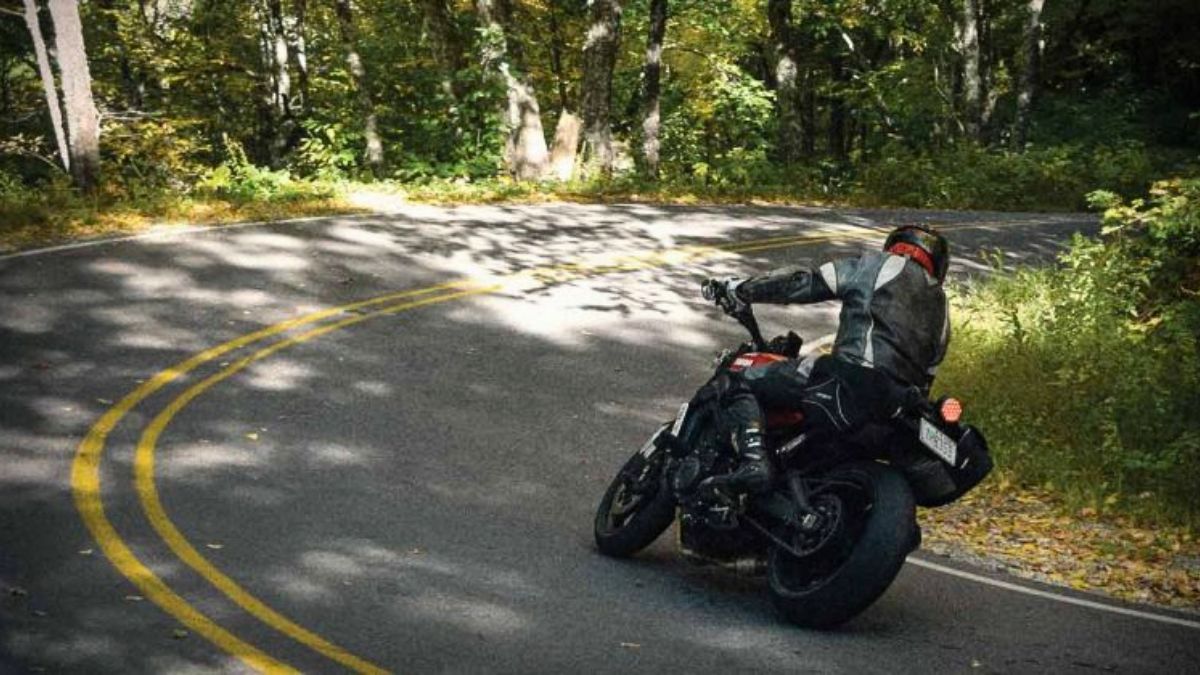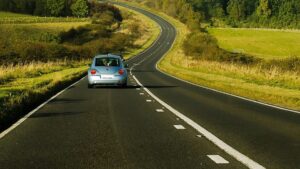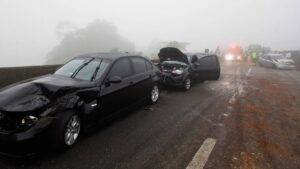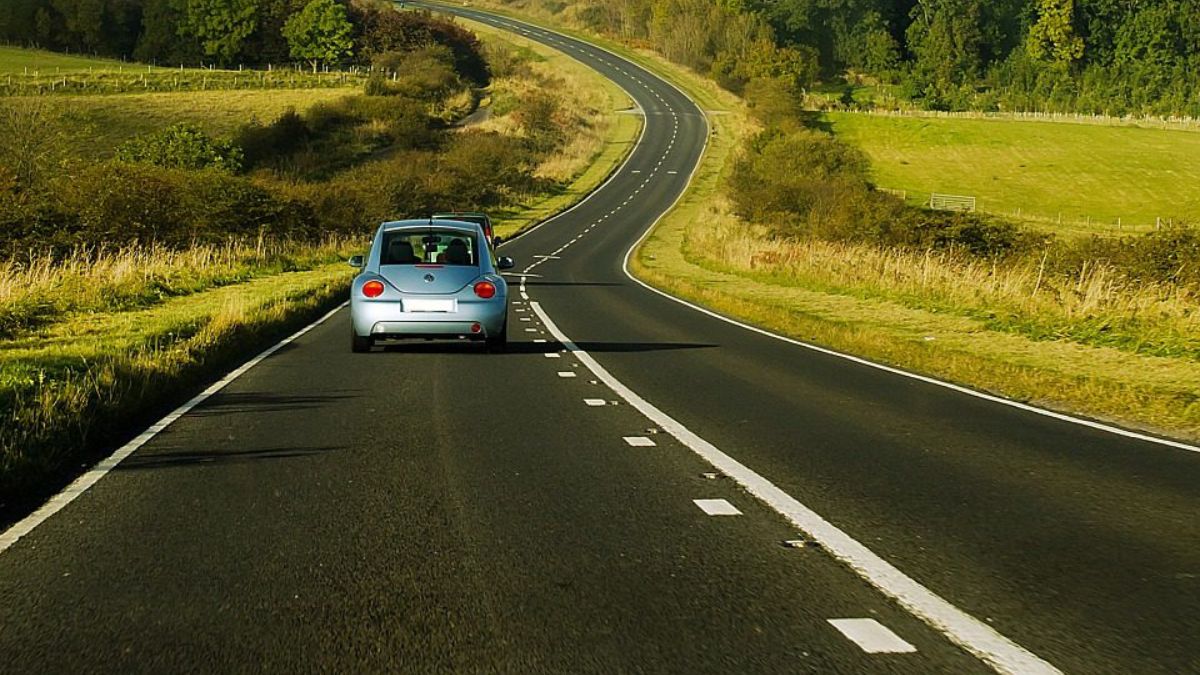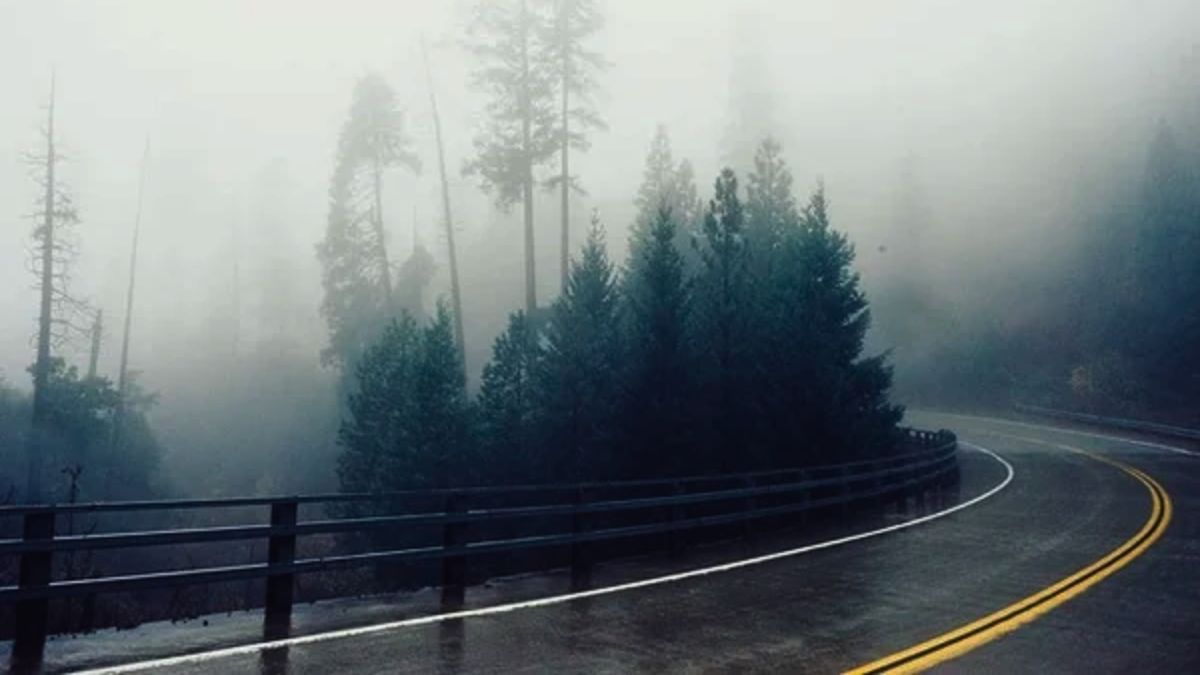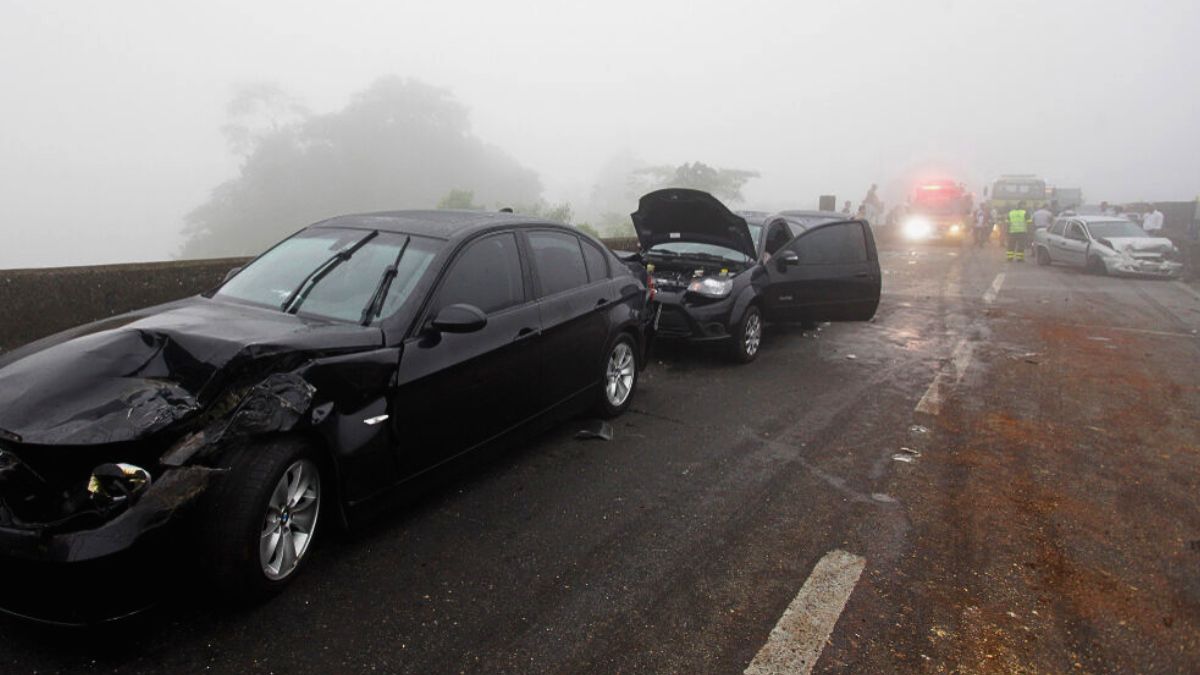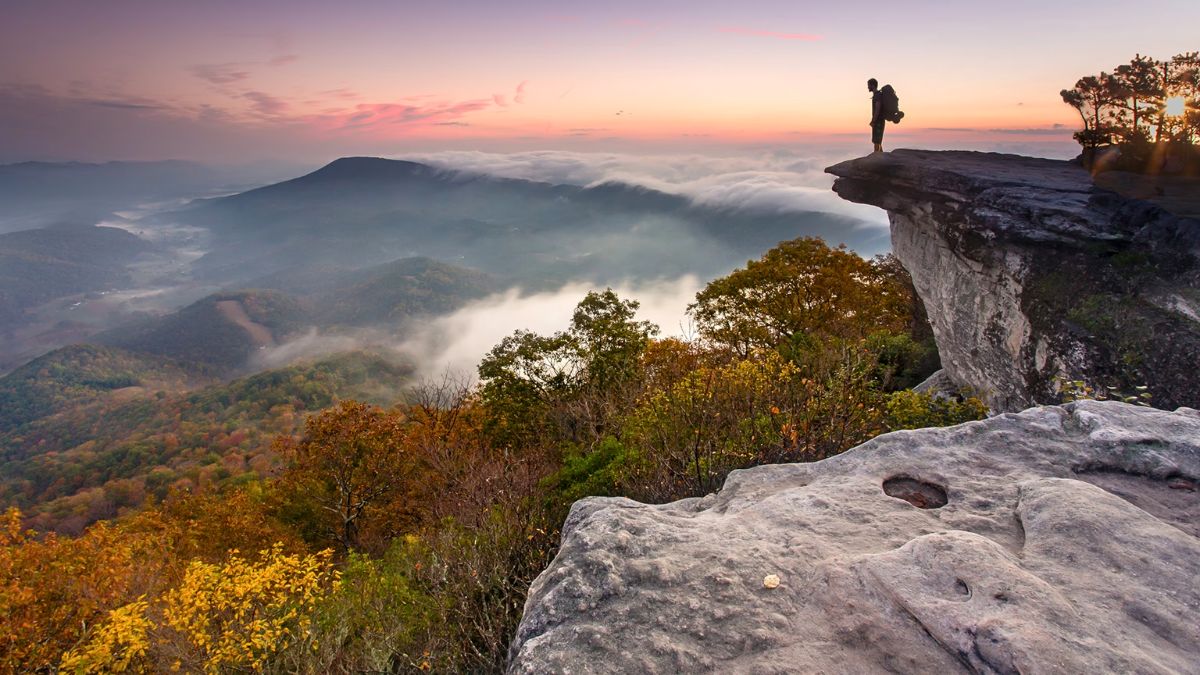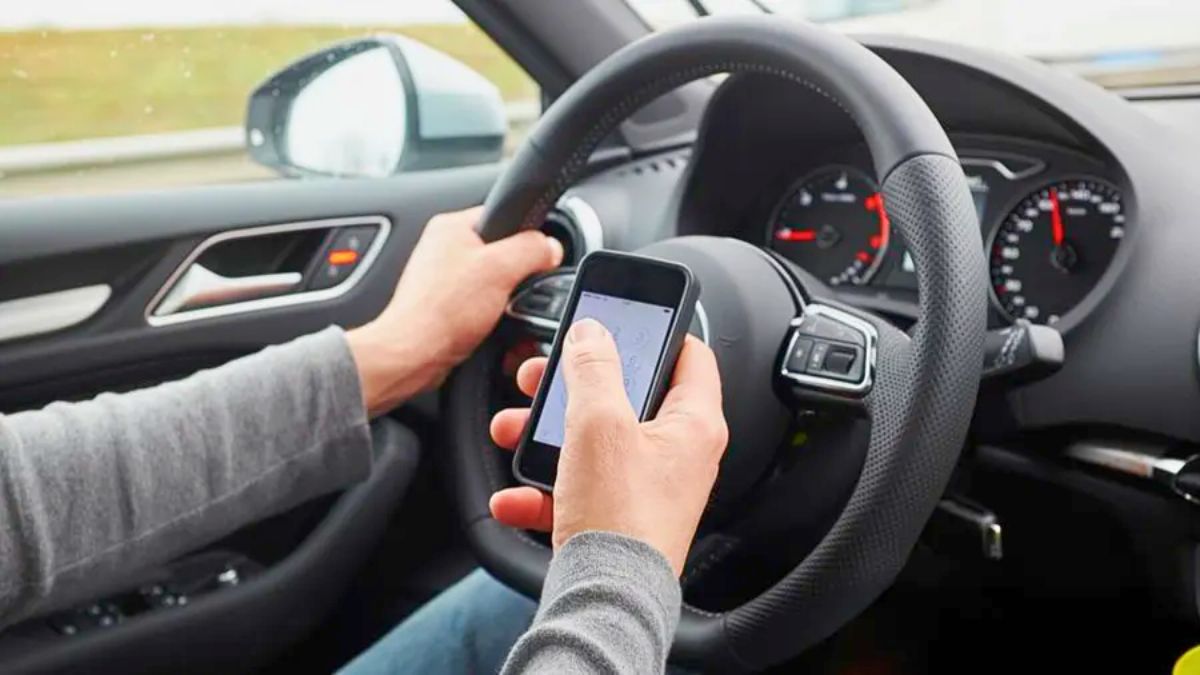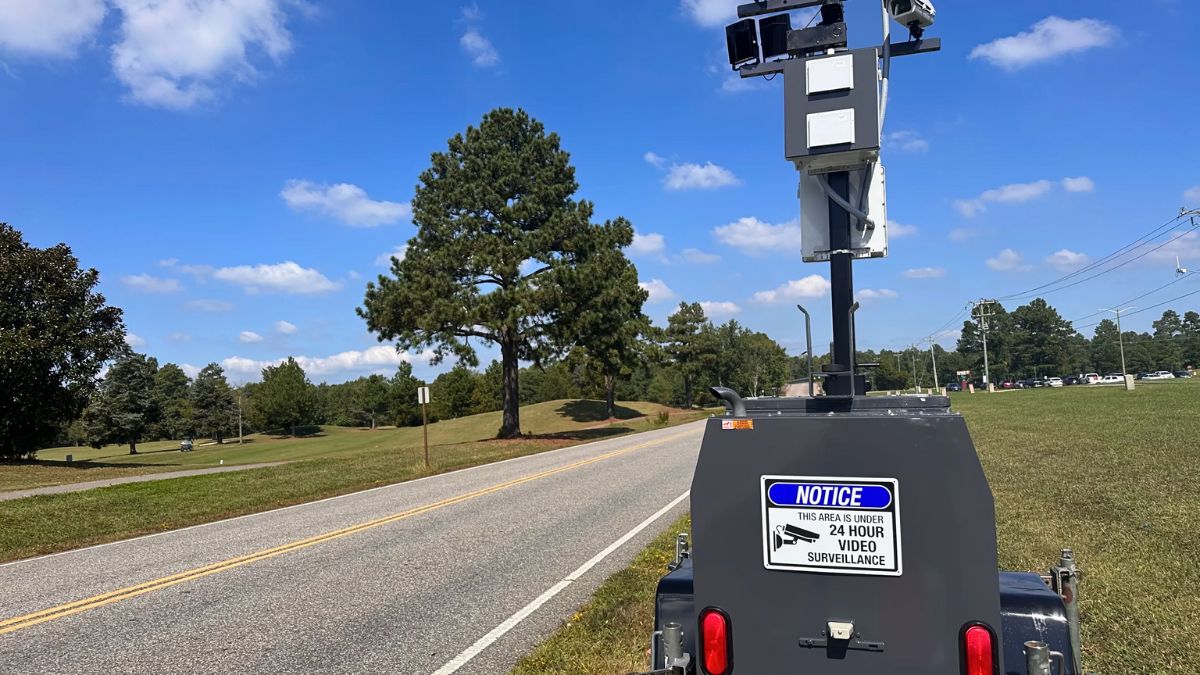If you’ve ever driven through Virginia’s stunning Blue Ridge Mountains or tackled the curves of Skyline Drive, you know how tempting it is to keep your foot glued to the brake pedal on steep descents. It feels safer — but it’s actually one of the worst things you can do for your car, especially your brakes. Let’s break down why you should avoid riding the brakes on Virginia’s mountain roads and what to do instead.
Overheating
The biggest issue with riding your brakes? Heat. When you press the brake pedal continuously, the brake pads are constantly clamping onto the rotors. On a flat road, that’s fine for short periods. But going downhill for miles? That heat builds fast.
Too much heat leads to brake fade — when your brakes stop working properly. That means longer stopping distances, weaker response, and even total brake failure. On a mountain road with sharp turns and steep drop-offs, that’s the last thing you want.
Warping
Another side effect of overheated brakes is warped rotors. Constant heat and pressure cause the metal in your brake rotors to expand unevenly. When they cool, they don’t return to the same shape. This creates a wobbly braking surface that can cause vibrations, uneven braking, and costly repairs.
Virginia’s mountain descents may only last a few miles, but that’s more than enough to cook your brakes if you’re not careful.
Downshifting
So what’s the better move? Use your transmission, not just your brakes.
In automatic cars, switch to a lower gear (like “L” or “2”) before you begin the descent. In manual vehicles, downshift to use engine braking. This lets the engine do most of the slowing work — so your brakes stay cool and effective.
Modern vehicles are built for this kind of driving. Don’t be afraid to use gears to your advantage.
Technique
If you do need to brake — and you will — use a pulsing or tap method. Press firmly for a second, then release. This allows heat to dissipate between presses, rather than constantly building up.
Avoid keeping your foot lightly pressed down the whole way. That steady pressure creates non-stop friction and turns your rotors into frying pans.
Here’s a quick comparison of riding vs. smart braking:
| Technique | Risk Level | Effect on Brakes | Recommended? |
|---|---|---|---|
| Riding brakes | High | Overheats and warps | No |
| Pulsed braking | Low | Controls speed safely | Yes |
| Engine braking | Very low | Reduces brake use | Yes |
Environment
Virginia’s mountain roads are full of twists, turns, and wildlife crossings. You need reliable brakes at every moment. Riding them continuously not only damages your system but can also cause brake fluid to boil — making the pedal feel soft or unresponsive.
Imagine seeing a deer jump out in front of you and suddenly realizing your brakes are too hot to work. That’s the danger you want to avoid.
Maintenance
Even with perfect technique, mountain driving wears down brake systems faster than flatland cruising. If you live in or frequently visit the Virginia mountains, have your brakes checked more often. Watch for these signs:
- Spongy or soft brake pedal
- Squealing or grinding noises
- Vibrations when stopping
- Warning lights on the dashboard
Regular inspections can catch wear before it turns into danger.
Riding the brakes down Virginia’s scenic slopes may feel like the cautious thing to do, but it’s actually a trap for your braking system. Instead, rely on your engine, brake in intervals, and stay alert. Your car — and your safety — will thank you.
FAQs
What is brake fade?
It’s when brakes overheat and lose effectiveness.
Can riding brakes damage my car?
Yes, it overheats and warps brake components.
What gear should I use downhill?
Use a lower gear like ‘L’ or ‘2’ to slow safely.
How do I brake properly downhill?
Use pulsed braking, not constant pressure.
How often should brakes be checked in mountains?
More often — at least twice a year if frequent.
